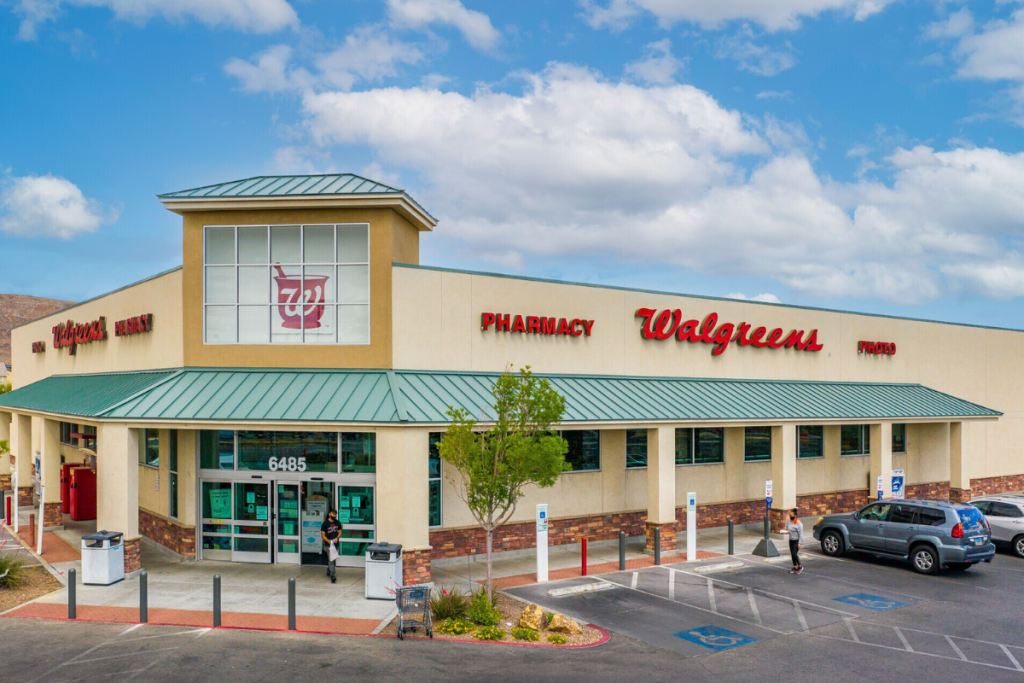Walgreens is compressing its retail network while counting on its supply chain to absorb patient demand and protect continuity of care.
In Brief:
• 1,200 store closures will reroute prescription volume, testing replenishment and last-mile capacity
• $100 million in in-year cost benefits expected, as supply flows rebalance to remaining stores
• 80% of pharmacy volume now operates under reworked reimbursement terms, stabilizing demand forecasts
Pharmacy Consolidation Puts New Weight on Supply Networks
Walgreens’ decision to close roughly 1,200 stores over three years marks a structural pivot to stabilize pharmacy margins and refocus on more profitable locations. The streamlined footprint is expected to lift store-level performance, but its impact on Walgreens’ pharmaceutical supply chain will be far-reaching. Prescription volumes and retail traffic will migrate to a smaller base of stores, raising questions about capacity, service levels, and patient trust.
For Walgreens’ distribution network, consolidating volumes means adapting to higher throughput in fewer outlets while preventing disruptions in chronic medication access and vaccination programs. That challenge will intensify as the company renegotiates reimbursement contracts with pharmacy benefit managers and looks to preserve broad network access. Core elements, from upstream sourcing and central warehousing to micro-fulfillment and in-store replenishment, will need tighter orchestration to protect against stockouts and maintain patient adherence.
Rebalancing Patient Access in a Rationalized Footprint
Behind Walgreens’ store consolidation is a recalibration of its role in local communities. As it prioritizes locations with sustainable traffic, the supply chain will play a decisive role in ensuring patients can still fill scripts reliably, even if their nearest store closes. That will require sharper forecasting to anticipate prescription transfers, a robust view of available pharmacy labor, and dynamic inventory allocation to support spikes in demand.
At the same time, Walgreens is aiming to raise its own-brand penetration and revamp health-and-wellness assortments, adding further complexity to replenishment flows. For directors overseeing these networks, the shift underscores the need for closer
integration between commercial decisions and operational execution. Collaboration with distributors and manufacturer partners will be critical as Walgreens navigates footprint shrinkage while preserving medication access and community relevance.
A Test of Network Agility in Pharmacy
Walgreens’ transformation signals how fast the retail pharmacy environment is changing, and how supply chain leaders must keep pace. As more volume is concentrated into fewer, higher-performing locations, there will be no room for missteps in patient service, particularly with life-critical therapies. The pharmacy supply chain cannot simply contract; it must reinvent itself to operate with resilience, flexibility, and a renewed sense of purpose. That’s a challenge, and an opportunity, for supply chain executives to demonstrate their strategic value in one of healthcare’s most vital networks.





